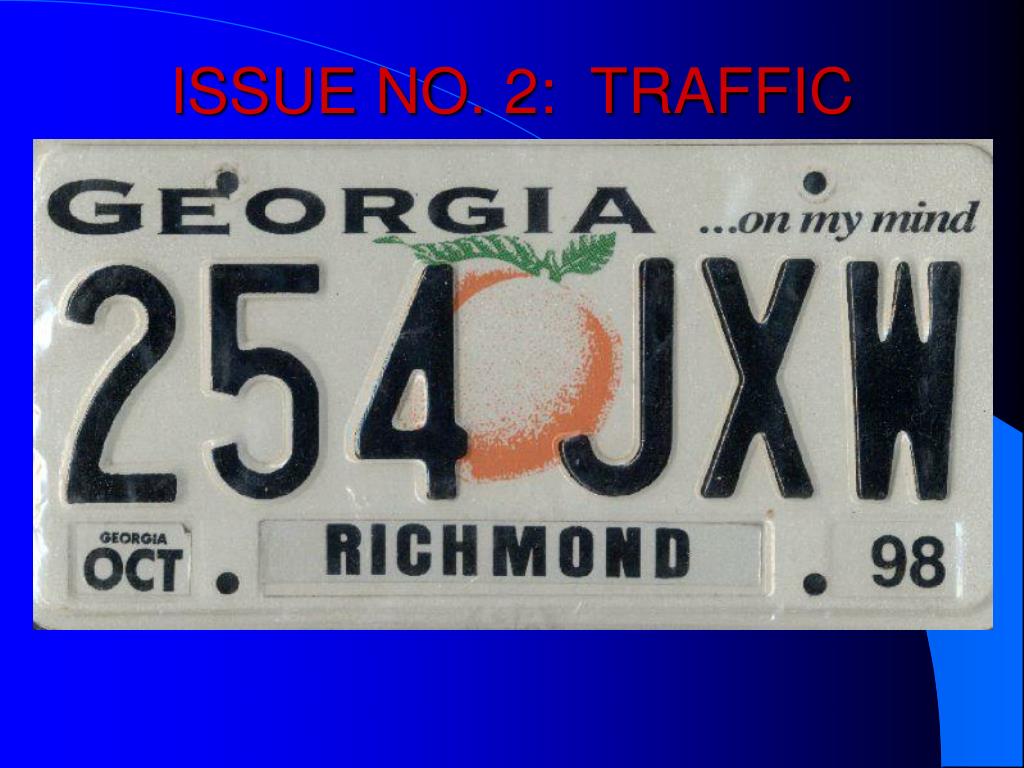
More than half of trauma patients with a positive blood alcohol concentration (BAC) at the Offenders, property offenders, drug offenders, and public order offenders, the highest bloodĪlcohol levels were for property offenders (Ibid.). Probationers, 0.19 for jail inmates, and 0.27 for state prisoners. Victims believed the offender was also using other drugs (Ibid).īased on self-reports of what incarcerated offenders were drinking and for how long, it isĮstimated that the average blood alcohol level at the time of the crime was 0.16 for Nearly four in ten criminal victimizations involve use of alcohol (BJS 1998a).Ībout 40% of offenders, whether on probation, in jail, or in prison, said they were usingĪlcohol at the time of their offense (Ibid.).įor about one in five violent victimizations involving perceived alcohol use by the offender, Motor vehicle crashes are the leading cause of death for youth ages fifteen to twenty The average age when youth first try alcohol is 12.8 (Ibid.). Million are heavy drinkers, and 4.4 million are binge drinkers (SAMHSA 1997). Thanksgiving through New Year's dropped to an all-time low of 4,058, of which 36.9%Ībout 9% (9.5 million) of the nation's users of alcohol are under twenty-one. However, the total number of traffic fatalities from Patrick's Day was the holiday with the highest percentage ofĪlcohol-related fatalities, in 1997, New Year's Eve and Day were the highest with 67.1% of Vehicular fatalities that were alcohol-related were Utah (20.6%), New York (27.4%),Īrkansas (29.2%), Kansas (29.5%), and Wyoming (31.5%) (NHTSA 1998).Īfter five years in which St. The five states with the lowest percentage of In 1997, the five states with the highest percentage of vehicular crash fatalities that wereĪlcohol-related were District of Columbia (58.5%), Rhode Island (54.6%), Alaska (52.8%), In 1997, alcohol was involved in 20% (184) of the deaths of children under five killed in
DRUNK DRIVERS KILLED TWO TO FOUR TIMES MORE THAN AGRRESIVE DRIVERS
Represents one about every thirty seconds (Ibid.).Ībout three million innocent drivers have their vehicles damaged in 2.6 million drunkĭriving crashes per year (Miller, Lestina, and Spicer 1996).Īlcohol-related motor vehicle crashes cause about $45 billion in economic costs per year.Īdding pain, suffering, and loss of quality of life raises the figure to $116 billion (BlincoĪbout three in every five Americans will be involved in an alcohol-related crash at some More than one million persons are injured in alcohol-related crashes every year. However, since 1982, annual alcohol-related traffic deaths have decreased 36% (Ibid.). Since 1982, approximately 333,586 persons were killed in alcohol-related crashes. This is the equivalent of all passengers killed if two jetliners In 1997, two people were killed in an alcohol-related crash every hour, which translates toĤ5 per day or 315 per week. These deaths constituted approximately 38.6% of the 41,967 United States has been involved in since it was founded (NHTSA 1998).Īn estimated 16,189 persons died in alcohol-related traffic crashes in 1997, an average of More Americans have been killed in alcohol-related traffic crashes than in all wars the In 1996, 10% of allĪrrests were for drunk driving, an estimated 1,467,300 arrests (Greenfield 1998). Promising practices in drunk driving public policy and public awareness.ĭrunk driving is the most common cause of arrest in the United States. Suggestions for drunk driving victim services. The impact of drunk driving on the victim.Ĭurrent research on drunk driving crash victims. Grassroots efforts that led to a nationwide movement against drunk driving.

Upon completion of this chapter, students will understand the following: Initiatives, drunk driving deaths are down 40 percent since 1980, but much more remains to be With aĬombination of victim assistance, prevention programs, and aggressive public policy They have names and faces, and their tragedies are now rightfully considered crimes. Grassroots victim groups, crash victims are no longer simply an amorphous mass of statistics. Were thought to have been in the wrong place at the wrong time, unable to avoid what wereĬonsidered "accidents." With the advent of Mothers Against Drunk Driving and other Before the 1980s, drunk driving was considered unfortunate but socially acceptable.


 0 kommentar(er)
0 kommentar(er)
